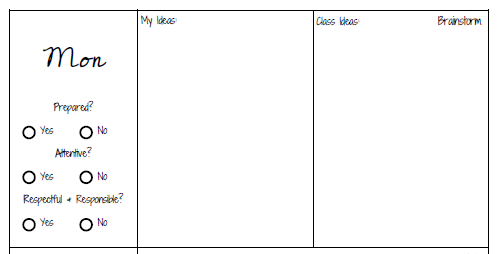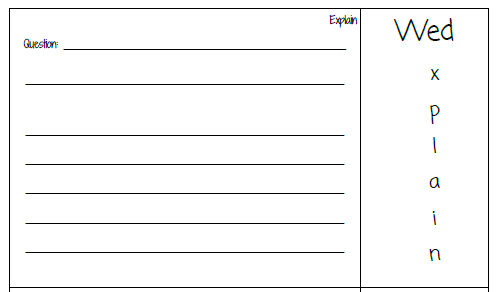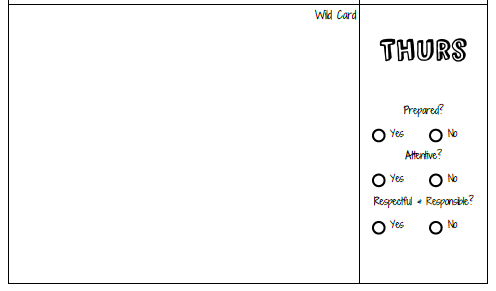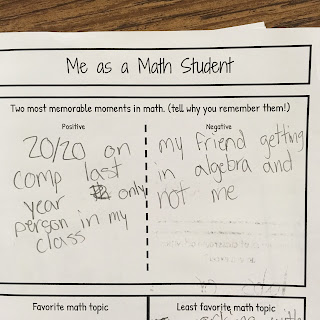Then last year I shared my room with the Spanish teacher (weird, besides Math Education, I was also a Spanish major in college). She was part-time at our middle school and part-time at the high school. She taught in my classroom for the first two periods of the day when I had my preps. I didn't know until I was almost finished setting up my room at the end of August that we would be sharing a room, so I didn't have much space to give her. My filing cabinet was full. My wall locker was full. Instead, I gave her my desk, because at least that had a few drawers and I didn't really use it anyway. I was under the impression that I still needed to have my own desk, so I created a make-shift desk out of a table and a couple of student desks. It was actually quite cozy.

This year Spanish is full-time at the middle school. So we both get our own classrooms! And I was going to get my real desk back. I had it all set up in the corner of my room, looking quite cozy yet again. But then I thought to myself, Why do I need this? I never sit here. This is such a waste of space! So I got rid of it. And here is what I gained.
1. Space
Okay, this one seems obvious. You remove furniture from a room and suddenly there is more space! Shocking, I know. For me, this space was really important. My favorite addition to my room this year is the Play Table. If you haven't read about the Play Table from Sara VanDerWerf, read this now! I set up my Play Table in the back corner of my room where my desk used to be.

2. Organization Skills
When you don't have a desk to pile your papers on, you simply can't end up with piles of papers. I mean, where are you going to put them? On the floor? (No judgement here, I've actually done that.) I have a small rolling cart with In and Out trays for each class. Ungraded work goes in the In Tray and graded work goes in the Out Tray.

I also have a bookcase where I keep my binders with hard-copies of worksheets and INB pages. Student supplies are organized on the wall (idea stolen from Sara Buck at Miss Buck Teaches) with replacements on a back shelf. My wall locker is now super organized as that is where I keep my Teacher-Only supplies (sharpies, specialty tape, post-its, paperclips, and extra hall passes).

3. Flexibility
And I mean physically! I used to take work home to grade where the biggest space to spread out was on the floor. I now do almost all of my grading at school (trying to pretend I have some semblance of a work-life balance). Without the larger surface of a desk at school, I stretch out on the floor there too (after school, of course, when the students have left and the custodians have already come through to sweep). There's some great stretching you can do on the floor and I have my yoga frogs curtain for inspiration when I need it!
Yes, you can also be more flexible with the way you arrange your room. But that didn't seem nearly as interesting; plus I already covered it in having more space.
To Sum It All Up
Okay, I kind of joked around a bit in this post, but in all seriousness, I'm so happy with my decision to take the Teacher Desk out of my classroom. I do still have a small table in the back corner with the desktop computer, but it's used as a student work station. I figure if I'm out, a substitute teacher can use that as Home Base since I don't have a chair by my projector cart at the front of the room.













































